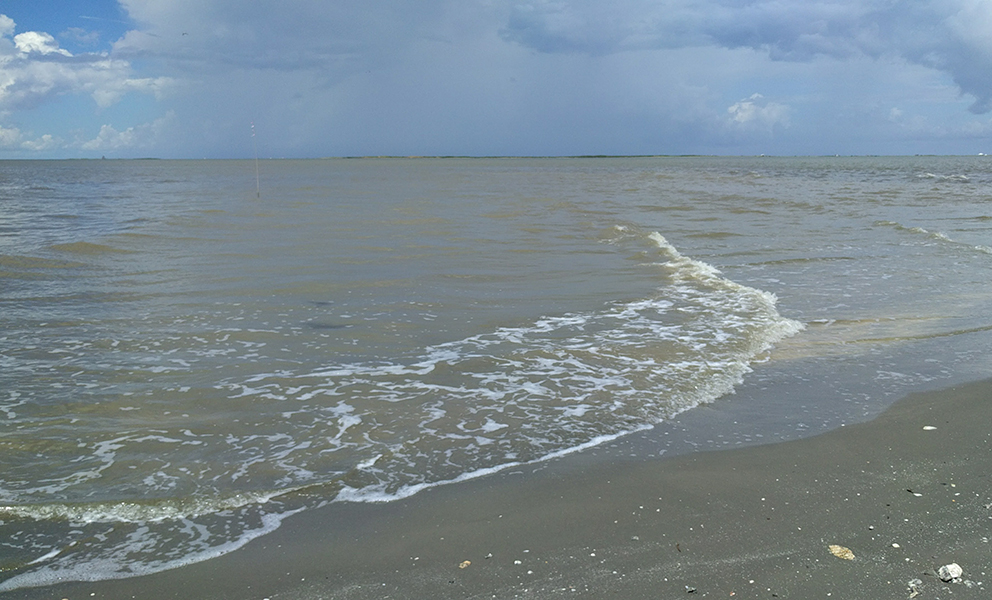Impacts of Deepwater Horizon Oil Spill on Lost Recreational Use
AUGUST 10, 2018 — OR&R senior economist, Norman Meade, is a co-author on a recent article that details how the impact of the Deepwater Horizon (DWH) oil spill on lost recreational use was valued.

The 2010 DWH oil spill in the Gulf of Mexico was the largest ever in U.S. waters. A recreation demand model was developed to monetize economic damages associated with lost shoreline recreational user days attributable to the spill. The unprecedented magnitude of the spill disruption led to a variety of innovations. A model of shoreline recreation trips to the Gulf Coast region was estimated from the general population of the contiguous U.S., combining single and multiple-day trips, calculating travel costs that incorporate detailed information on flying costs and transportation mode choice, and using alternative-specific constants to control for site characteristics. Losses per recreational user day are assessed using utility adjustments that reproduce the decline in recreation observed through onsite counts. Sensitivity analyses demonstrate the lost user day value is robust to changes in income imputation, nesting structure, site aggregation and spill calibration, and show the importance of accounting for flying as a mode choice. Estimated losses from the primary shoreline study are $520 million (±+/-166) out of the total recreational damages of $661 million (in 2015 dollars). The article is published in the Journal of Environmental Economics and Management. This article is one of over 120 articles published documenting the results of NOAA's efforts to assess and quantify the impacts of the DWH spill via the natural resource damage assessment (NRDA).
For further information, contact Norman.Meade@noaa.gov.
